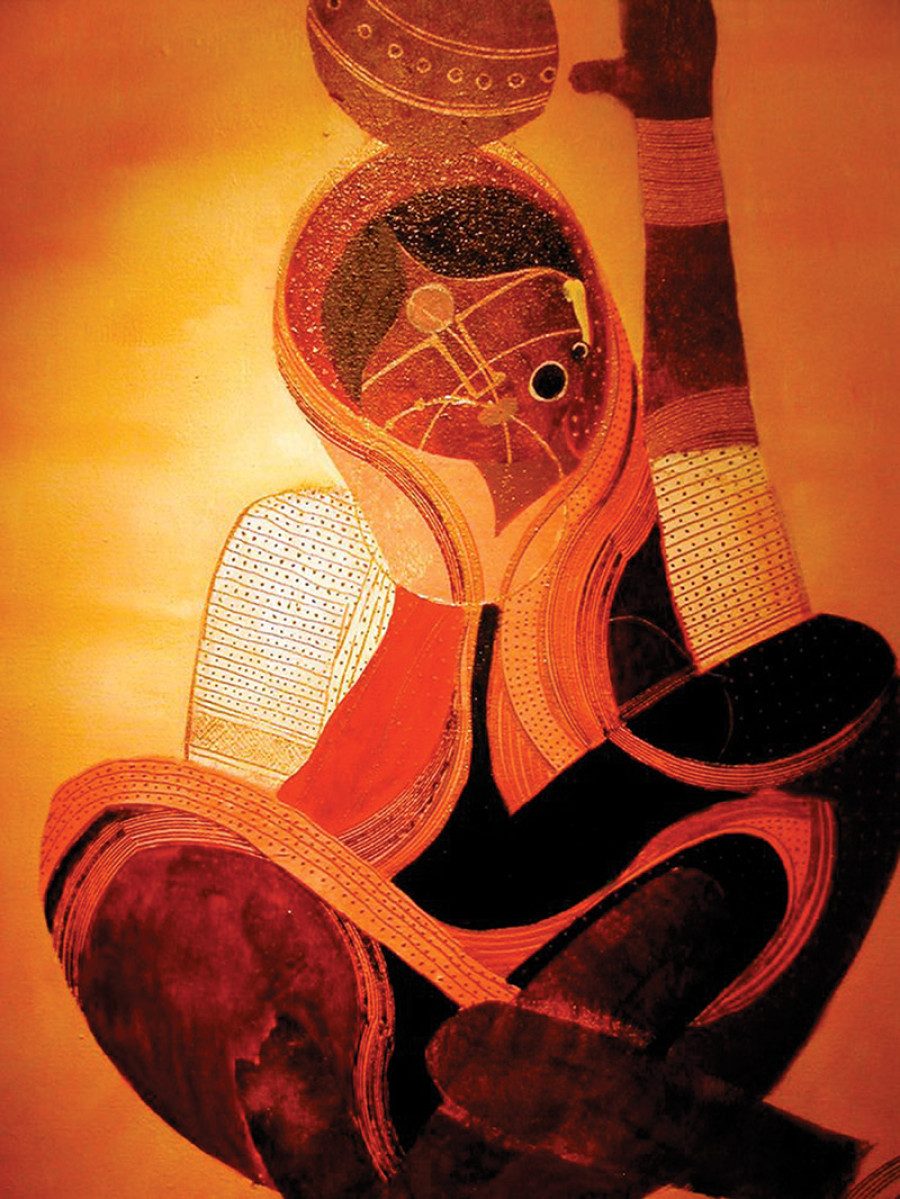Opinion
Should we still focus on woman farmers?
The answer is yes, because attitudes and practices at the policy formulation and implementation level are still gendered
Gitta Shrestha
As someone who conducts research on gender equity and social justice, I am often dragged into discussions on why one should focus on woman farmers. While I enjoy being a part of the discussions, it astounds me to see people who fail to understand that gender politics is a cause of unequal development and human well-being. Nepal is unfolding through newer political demarcations, and it will soon be devising new ways towards federal development. It is high time that all those in positions of authority pay serious attention to the gender equality question, ponder upon existing evidence, and formulate policies which could lay a strong foundation of just societies.
The reasons why we still focus on female farmers are nuanced and manifold. The most popular, yet less acknowledged, is the fact that with the increasing migration of men, women are the ones residing in the villages and the ones in-charge of the family, community, and agriculture. According to the International Labour Organisation, it is estimated that women make up more than 80 percent of the agricultural workforce in Nepal. However, women are not being able to access and utilise resources and technologies, so they lack the ability to contribute effectively to sustainable agriculture development. Women face gendered constraints and lack access to assets, inputs, resources, information, networks, knowledge, technology, and the market. For instance, women are denied the legal and social status to take decisions regarding the land, are culturally barred from ploughing and seldom operate machinery. These constraints affect women differently across social markers such as class, caste, ethnicity, age, disability and restrict them from exploiting those resources available at the local level. Without recognising women as farmers, it is unlikely that agro-economic rural transformation can be achieved in Nepal.
Not easy being a woman
A majority of the farmers who are women bear a triple work burden—reproductive, productive and community work—which is increasingly limiting their access to farms and less intensive farming systems. The prevalent gendered attitudes assign commercial and profitable farming as a male’s domain. Plenty of case studies exist which demonstrate men’s involvement in commercial farming, whereas women are left with tedious subsistence farming. This is because women have the lowest access to means of increasing output and yields, and for moving from subsistence to commercial farming. Therefore, women receive less of a return on their hard labour and, most importantly, they lose control over decisions on investment in inputs and technology. Available evidence suggests that such gender inequalities in resources and revenue result in different levels of participation, methods of production and modes of marketing crops, and bear consequences for women’s potential outcome in the cultivation of high value crops.
The continued focus is imperative also because the structures, attitudes and practices at the policy and programme formulation and implementation level are gendered. Such structures, attitudes and practices discourage feminine values and create gender insensitive approaches that impact woman farmers negatively. The scheme of groundwater shallow tube well irrigation excluded women because it mandated membership only for legal landholders. Along similar lines, training regarding integrated pest management and off-season farming at the project implementation level for landless female farmers is used as a widely popular gender strategy by projects. Research shows that landless women are negatively impacted by such programmes since it increases their work load, causes family conflict and the loss of daily wages without much benefit in return.
Still rendered dependent
Furthermore, constructions around masculinity and femininity provide access to the privilege of agricultural technologies and networks to men over women. In addition, gendered access to information, networks and opportunities have been aggravated by highly skewed gender imbalances in development organisations, especially in the water and agriculture sectors which are highly male dominated and masculine. Consequently, women’s access to resources is defined by their relation to male relatives. Women to a large degree are still dependent on men for ploughing, operating machine and selling surplus.
Although national policies have been progressive in recent years and have started focusing on gender and social inclusion issues, they are yet to recognise and address the differentiated needs and capabilities of individuals that determines their ability to benefit from different opportunities and shapes individual well-being. So far, the policies are more concerned with meeting a numerical representation of women than acknowledgement of different identities, capabilities and structural barriers that restrict women to effectively benefit from provisions. For example, an Asian Development Bank study from 2012 demonstrated that adoption of free market and rural finance policies by the government made access of fertilisers, seeds and pesticides particularly challenging for women and resource-poor farmers. Similarly, research by the International Water Management Institute indicates the failure of these policies to acknowledge how gender inequality is embedded in broader social injustices in access and decision making as it relates to class, caste and ethnicity.
Nepal’s economic growth has been forecasted to increase by 7.5 percent this fiscal year owing to good agricultural production, according to the World Bank. The government has targeted modern and commercial farming in the coming years. To ensure that women can benefit from such economic transformations, continued focus is a must.
Shrestha is a Senior Research Officer at the International Water Management Institute




 15.12°C Kathmandu
15.12°C Kathmandu










